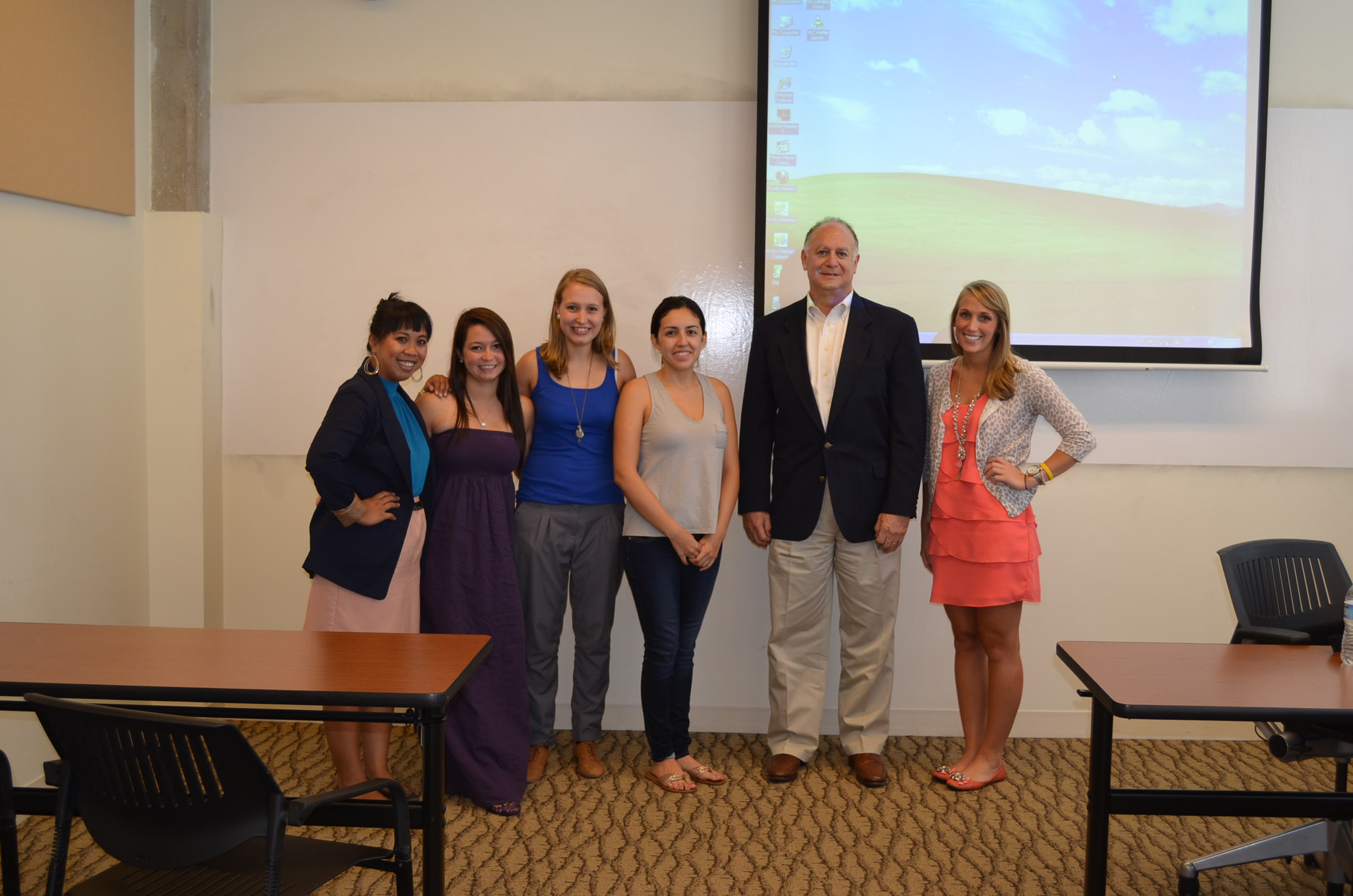Meeting Canoe

As you know, there are numerous components that go into planning a meeting and organizing the content to be delivered. The meeting canoe developed by Dick and Emily Axelrod illustrates the steps that you should take in order to fully engage your audience. The width of the canoe represents the amount of time that should be spent on that portion. Starting with a simple welcoming, expanding to creating possibilities and developing emotional connections, and finishing with distinct, strong summary. This outline will help you lay out the components of your next meeting to assist you in navigating the currents of your next event.
1) Welcome the audience to the meeting by making them feel comfortable with the space and with one another.
2) Make sure to place connection before content, allowing the audience to interact with their peers and develop a common understanding for each other. Allow time to relate to the task at hand.
3) Help them discover the way things are and figure out the current reality. Lead them with facts, details and numbers and let them decide what should follow.
4) Cultivate a deeper relationship with the audience by eliciting their dreams. It is their dream, their ideas, and their future accomplishments. That’s leadership, giving the basics and allowing your team to delegate and brainstorm the next steps. In a way, this step is similar to a good book. What’s the future? Allow them to see the possibilities. What do people want? Demonstrate the desires of others. What are their expectations? Outline what goals should be met.
5) Decide who does what and assign rolls. This enables the audience to have responsibility and additional leadership. Divvying up the task permits the audience to be more focused and it makes the completion of the task much easier.
6) Attend to the end by clearly defining the future objectives and a means to complete them. Think, how do we end the meeting, but continue our journey? Provide a summary of the progress that was made and express the next steps. Constructing action plans will give the audience members something tangible to work towards so that they know their hard work will pay off.

